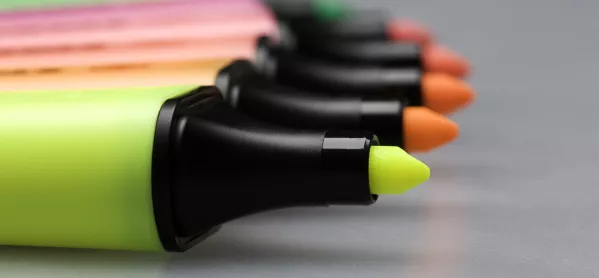Do you know what a 10 pence coin looks like? Or the Apple logo?
Your answer is probably, “Yes, of course - and don’t insult my intelligence.”
But it turns out that people are much less good at recognising these familiar items than you might think. Even though the average British person will have seen the 10 pence coin countless times in their life, a study by Peter Morris in 1988 found that only 15 per cent of participants could accurately identify the image of the correct 10 pence piece when presented with 12 possible options.
A more recent study showed that American adults were not particularly good at identifying or drawing the Apple logo, even though American culture is saturated with the image. The reason for this surprising finding is that familiarity is not the same as understanding. We can be very familiar with an idea, image or concept but still have only a superficial understanding of it.
Not only are people poor at identifying such familiar objects, they also often overestimate their ability to do so. Their familiarity tricks them into thinking they truly understand. In the Apple logo experiment, participants were asked to draw the Apple logo from memory. They were also asked to rate their confidence in their ability to do so both before and after this drawing task, and their judgements beforehand were overconfident. After struggling to draw the logo, they revised their confidence judgements down.
The illusion of expertise
This phenomenon - we can call it the illusion of expertise, or just plain overconfidence - has enormous implications for students who are revising for exams. If they’ve been studying a subject for two years, then they will probably be very familiar with the content. They may groan when you mention dramatic irony, simultaneous equations or reverse osmosis, and they will almost certainly be right when they say that you’ve already been over this with them.
But that does not mean they truly understand these concepts. And worse, their familiarity is as likely to mislead them as their understanding.
Not only that, but some of the most common methods of revising actually reinforce this cognitive illusion. Rereading the textbook and highlighting information are two popular methods of revision, but they are passive methods of studying that strengthen the familiarity illusion. Highlighting a series of words will increase your familiarity with the content, but won’t help you truly master the detail. In this sense, the word “revision” is badly named, as it implies that just looking over something again will help you to understand it.
Better approaches to revision
So what is the better way to revise? Anything that requires us to be mentally active, such as retrieval practice (which involves recalling and recreating information that was previously learned).
Instead of rereading a page from a textbook or revision notes on the historical context of Macbeth, students could make a series of flashcards and test themselves on the content. As we saw with the Apple logo experiment, carrying out active tasks gives people a better understanding of their understanding; it improves their metacognition.
There is a further benefit from this kind of retrieval practice, which is that attempting to recall information also helps to strengthen and consolidate the memory of it.
The process of identifying and measuring the extent of our understanding, therefore, helps us to increase it. Self-knowledge is the pathway to better understanding of ourselves, and of the content we are studying.
Daisy Christodoulou is director of education at No More Marking and the author of Making Good Progress? and Seven Myths About Education. She tweets @daisychristo




